Social Issues addressed by Sumitomo —Compass for the Future—
The foundations of the company's business—forest management, wood construction, and initiatives that maximize the value of wood—help tackle global issues
 Decarbonization
DecarbonizationJapan is a country of forests, with about 70% of its land area covered by forests. However, when you look at the actual situation, you will find that 40% of the artificial forests are not properly managed.
In addition to its value as a recyclable resource that can be planted, nurtured, utilized, and planted again, forests have multiple functions such as carbon dioxide (CO2) absorption and storage, biodiversity conservation, water source cultivation, and prevention of landslide disasters. There are concerns that these functions will decline if the current situation continues. In addition, young trees absorb more CO2 than mature ones, but as logging slow down and forests age, the amount of CO2 absorbed will decline. In order to properly manage forests, it is necessary to revitalize the forestry industry, which has been losing strength year by year. In 2010, the government enacted the "The Act for Promotion of Use of Wood in Public Buildings etc" to promote greater use of timber.
Sumitomo Forestry’s business is built on forests and timber. Eager to address issues related to forest management and the use of timber through its business, the company launched the MOCCA (Timber Solutions) business in 2011, which is championing greater use of timber in non-residential buildings, such as commercial and educational facilities as well as offices, and has established a track record of notable projects.
Committed to sustainable forest management, the company is concerned about the realization of a decarbonized society. According to the World Green Building Council (WGBC), an NPO, the construction sector accounts for 38% of global greenhouse gas (GHG) emissions. The company operates in a wide range of value chains, and particularly has awareness of crisis about GHG emissions from the downstream construction sector.
Of the GHG emissions by the construction sector, 70% is operational carbon: the amount of carbon emitted during the operational or in-use phase of buildings, such as air conditioning. The remaining 30% is embodied carbon: the amount of carbon emitted during the life cycle of a building, from procurement and processing of raw materials, transportation, construction, and demolition. Whereas operational carbon emissions will decrease as renewable energy continues to increase, the weight of embodied carbon emissions will increase. This is why Sumitomo Forestry is focusing on converting buildings to wooden structures, which will contribute to reducing embodied carbon.
How does the use of wood in buildings contribute to the reduction of GHG emissions? Firstly, the manufacture of materials used in the construction of wooden buildings emits much less CO2 than in the case of steel-frame or reinforced concrete buildings. Secondly, since trees absorb CO2 from the atmosphere and store it during their growth, the greater the use of timber in construction, the lower CO2 emissions will be. In addition, when buildings are demolished, the wood that they contained can be used as fuel for biomass power generation, leading to reduced use of fossil fuels, thus contributing to decarbonization.
Sumitomo Forestry’s MOCCA business has created several distinctive buildings in recent years. In March 2021, Toho Gakuen Munetsugu Hall, a three-story wooden concert hall, was completed at Toho Gakuen’s Sengawa Campus in Chofu City, Tokyo. This concert hall is the first music hall to use cross-laminated timber (CLT) panels as its structural material. It is is characterized by its acoustics and the overflowing essence of wood in the interior and exterior design. Sumitomo Forestry estimates that CO2 emissions are reduced to 21% and 28%, respectively, compared with a steel-frame and reinforced concrete structure, and the use of approximately 930 m3 of wood in the structure means that about 746 tons of carbon is stored(on a CO2 basis) in the building. The use of wood reduces embodied carbon emissions not only when the building is in use but throughout its life cycle from construction to eventual demolition.

In April 2021, construction of Sophia University Building No.15, a three-story fire-resistant wooden structure made from domestic timber, started at its campus in Chiyoda-ku, Tokyo. The building is scheduled to be completed in April 2022. Like Toho Gakuen’s hall, it will contribute to the reduction of embodied carbon.

On the other hand, Sumitomo Forestry signed an industry-academia collaboration agreement with the University of Tokyo in September 2020. It launched the “Project for the Creation of a Regenerative and Recycling Future Society through the Creation of New Value from Trees and Plants.” The ultimate goal is to enhance the value of trees through cutting-edge scientific research on trees and build a circular bioeconomic system through recycling of forest resources. Starting with the conservation of the forest environment, the project is proceeding to develop high-performance building materials, which will store forest resources in cities for as long as possible, as well as applications to enlarge the scope of the utilization of forest resources, legislation and evaluation standards.
Although Sumitomo Forestry has been conducting R&D in house for many years, it recognizes the potential benefits of collaboration with the University of Tokyo, such as access to the latest knowledge that would not be easily obtained on their own and acceleration of R&D. In addition, the collaboration is helping the company chart a course toward a decarbonized society while identifying specific initiatives to be pursued in the new medium-term management plan, which will be announced in the future.

In this collaboration, they are facing a bottleneck in visualizing the value of forests which are natural capital. Forests contribute to GHG reduction in two ways: by removal and by emission control. Whereas absorption and storage of CO2 by trees in the course of their growth correspond to removal, the spread of wooden buildings and the promotion of greater use of wood resources correspond to emission control. It is particularly difficult to quantify the shared benefit of removal. However, its clarification would certainly encourage spread in society and problem-solving. Thus Sumitomo Forestry intends to deepen collaboration with the University of Tokyo.
Sumitomo Forestry is conducting reforestation in West Kalimantan in Indonesia. In June 2021, the company agreed to a business alliance agreement with IHI Corporation for a “Forest Management Consulting Business” and “the development of a sustainable business that maximizes the value of natural capital.” In July 2021, at Kanda-machi, Fukuoka Prefecture, one of the largest wood-based biomass power plants in Japan commenced operation to promote utilization of renewable energy. As mentioned at the outset, forests and trees are multifunctional. Through its core business, Sumitomo Forestry is seeking to leverage these benefits so as to tackle issues on the path toward a decarbonized society.


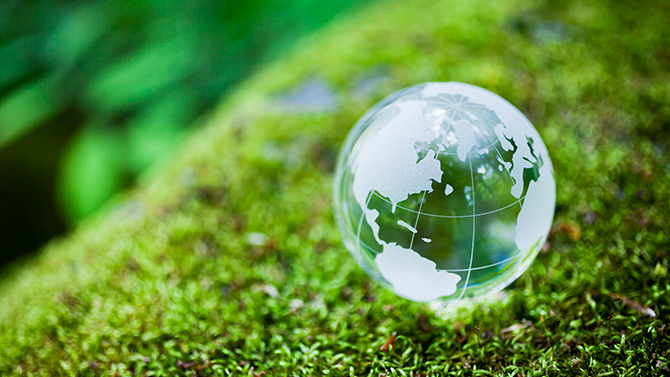
Read about initiatives to achieve a low-carbon society, aiming at net-zero greenhouse gas emissions since these emissions are implicated in global warming.
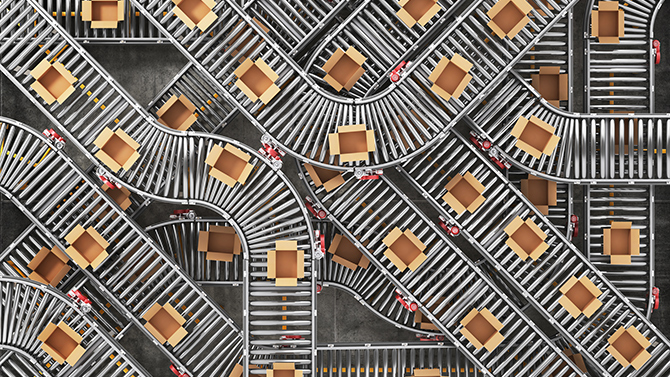
In view of ongoing globalization and the growing complexity of supply chains, companies need to respond appropriately to issues in supply chains.

The pace of workstyle reform is accelerating as the COVID-19 pandemic has prompted numerous companies to embrace novel ways of working.

For companies, the COVID-19 pandemic has brought the crucial importance of employee health into sharp focus.
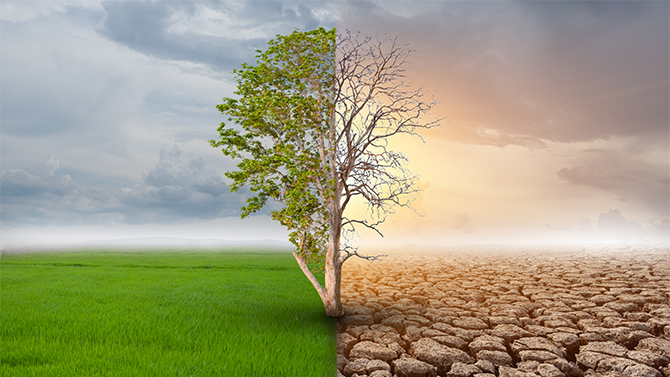
Accelerating global warming poses serious business risks. Accordingly, companies need to formulate strategies and implement specific countermeasures from a medium- to long-term perspective.
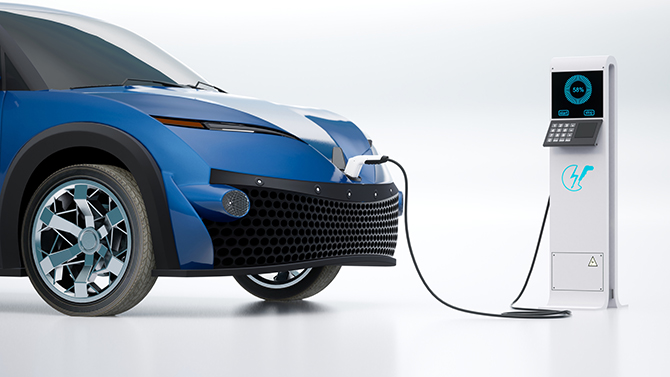
Spurred by efforts to reduce environmental impacts and in line with increasing social needs, replacement of gasoline-powered vehicles with electric vehicles is accelerating.

Vigorous initiatives are afoot to tackle social issues by revitalizing communities and the interpersonal relationships that bind them together.

Poverty persists in contemporary Japan and the existence of child poverty is a grave concern.
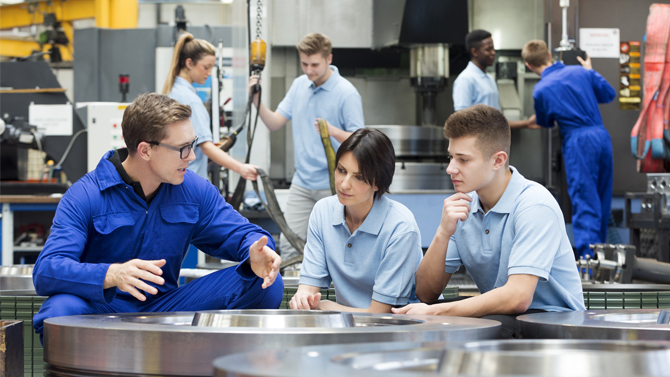
In view of the continuing decline of Japan’s working age population, due to population aging coupled with a low birthrate, development of the next generation is an urgent issue.

The rapid progress in medicine in recent years is largely due to the efforts of not only universities and other research institutions but also of companies to develop cutting-edge technologies.
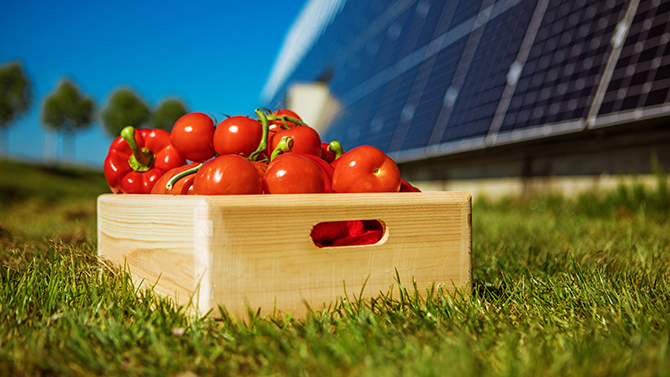
Numerous initiatives to promote industry and commerce at the regional and community level are underway, involving the use of renewable energy and thus contributing to decarbonization.

One-third of food produced is lost or wasted globally, amounting to about 1.3 billion tons per year. Food loss and waste is a pressing issue in need of a solution.

Companies are addressing a wide range of issues so that people and companies can coexist in harmony with the global environment.

In addition to natural disasters, there are various types of hazards whose nature, incidence and severity are changing with the times. Resilience and flexibility are indispensable in dealing with them.
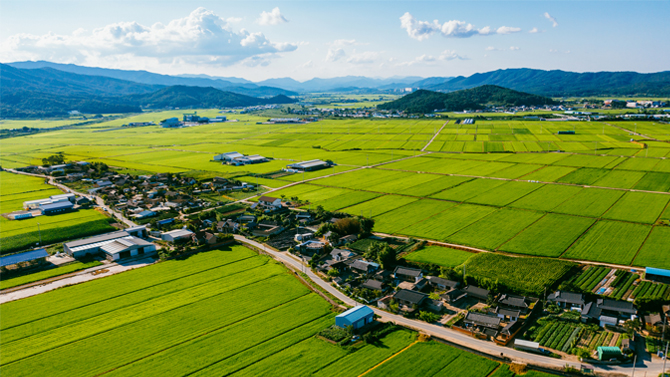
Read about initiatives to achieve sustainable regional revitalization. The attributes and resources that each region can offer are leveraged to strengthen local economies and overcome the problem of population decline.